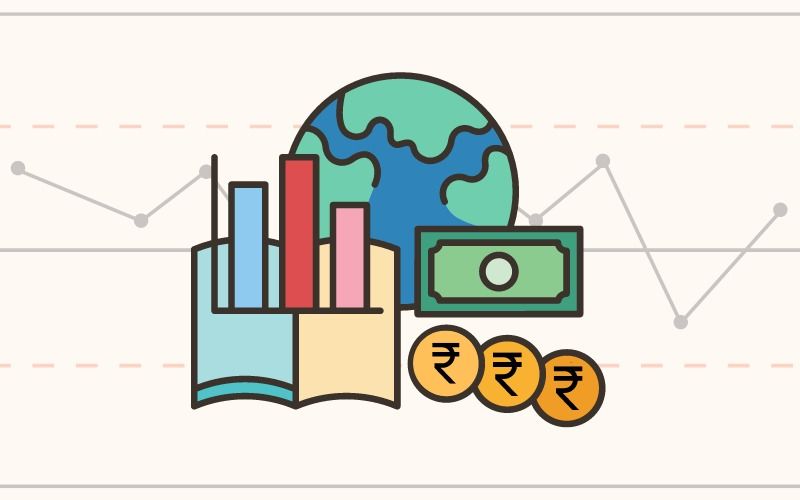Wettening of the RBI: Time to Focus on Growth?

This post has been authored by Manish Vaidya, the Economic Research Intern at Arthashastra Intelligence.
Any central bank’s objective would be to stabilize output and inflation. It uses various policy tools like the infamous repo rates, reverse repo rates, reserve ratios, money market operations, and so on. In many instances, a central bank will focus on either of the two objectives. This preference is expressed in the form of a convex-combination loss function. Coming to the wetness of the central bank, a central bank is said to be “wet”, when it focuses purely on economic growth and output revival and pulls the gas off from inflation targeting.
The Reserve Bank of India (RBI)’s Positioning
Before, after, and along the onset of the COVID-19 pandemic, the RBI has been consistent periodically, in setting inflation or growth targets.
Source: Reserve Bank of India; Compilation and Visualization By Arthashastra Intelligence.
Table 1, gives a summary of repo rates, inflation, and policy stances before, during, and after the peak of COVID quarters. Higher repo rates suggest monetary tightening, to cool off inflation. Lowering or unchanged quarterly repo rates suggest monetary expansion, to accelerate growth and revive output. It can be drawn that up from the table that till the first quarter of 2022, the RBI was indeed “wet”. In the second quarter, the globalized effects of the Russian invasion of Ukraine affected Indian macros. Constrained supply chains, OPEC+ production cuts, downward pressures on the rupee, and lowering forex reserves, ultimately translated to inflation. Growth projections fell, whereas inflationary noise became more audible. Observing all of this, the RBI made a drastic mandate shift to inflation targeting. And from there on, aggressive rate hikes duly followed. Before this, the central bank maintained a cushioning or paternalistic position to alleviate the economy from the havoc implicated by COVID-19.
Current prognosis
As of January 2023, the RBI pointed out the lagged impact, of what can be said as an inflation averse or a hard-nosed position in 2022. Retail inflation eased off within the tolerance band, the focus is still on getting the inflation level stable and within the tolerance band, going ahead. As inflation is brought down to desired levels, the RBI could take a “wet” position. Monetary policy transmission is known to have serious lags to affect the real economy. Initially rate hikes, first affect bank deposits, then the bond market, and finally translate to the real economy, usually after a year. The matter concerning inflation averseness vs output targeting has been a matter of debate, even in the Monetary Policy Committee (MPC). In December 2022, MPC meeting, repo rates were further raised. Since May 2022, up till now, the repo rate has increased by an aggregate of 225 bps. There is a mounting proposition by experts and economists worldwide pertaining to creeping and stagnating economic growth, for India as well. It was quite plausible that the RBI adopts an accommodative stance, going ahead in 2023.
References:
- Retrieved from RBI (Author: Monetary Policy Committee): Monetary Policy Report
- Retrieved from Economic Times (Author: Ankit Saproo): Concerns over economic growth could assume centre stage as prices cool
- Retrieved from ABP Live (Author: ABP New Bureau): RBI Bulletin: Passed First Milestone Of Monetary Policy As Retail Inflation Remains Under 6%
